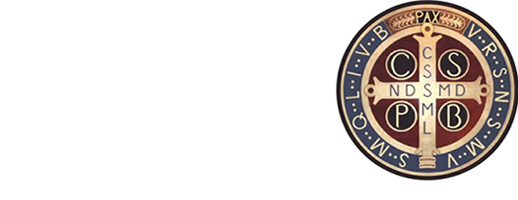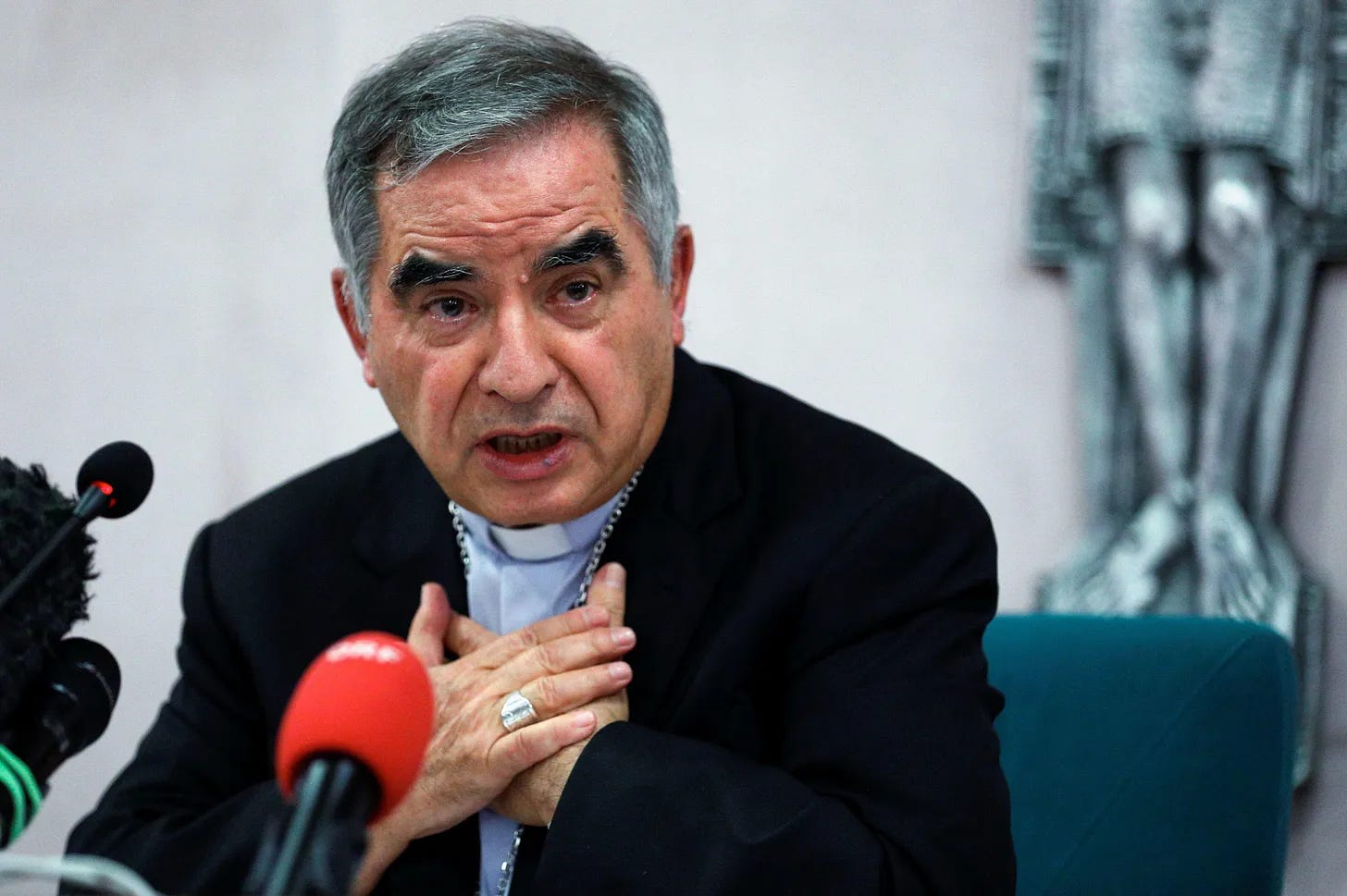Making sense of Mormonism
A statue of the angel Moroni atop the Mormon temple in Bountiful, Utah. (Image: Michael Hart/Unsplash.com) When I was an evangelical, we classified Mormonism as not authentically Christian. After all, it rejects the Trinity, one of the most...



When I was an evangelical, we classified Mormonism as not authentically Christian. After all, it rejects the Trinity, one of the most foundational of Christian doctrines since the early centuries of Christianity, and affirms alternative sources of divine revelation: the Book of Mormon, Doctrine and Covenants, and the Pearl of Great Price. Though Mormons claimed to follow Christ, we evangelicals assessed their version of Him to be a false Christ.
After I became Catholic, I reconsidered the Church of Jesus Christ of Latter-Day Saints. Yes, many of its doctrines are, according to the Catholic faith, unorthodox. But its origins in mid-nineteenth-century North America place it within the context of other religious movements: the Millerites (ancestors to Seventh-day Adventists), the Shakers, Spiritualism, the Oneida Society, and the Ebenezer Colonies. Though of course quite different (and, except for the Seventh-day Adventists, far less successful), these movements largely reflected a revivalist disaffection with older forms of creedal Protestantism. Moreover, Mormonism prioritizes personal conversion based on subjective experience, encouraging individuals to pray over the Book of Mormon to determine if it is true. LDS seemed another, but eccentric, manifestation of Protestantism.
Yet Mormon friends took issue with my assessment. No, they claimed, LDS was more similar to Catholicism than Protestantism. They had a priesthood, a church hierarchy, and even a magisterial authority—namely, the president of their church. What LDS offered, they argued, was a competing, superior ecclesial institution to that of the Catholic Church.
Which is it? Are Mormons more like Protestants or Catholics?
Though not the central question of A Catholic Engagement with Latter-Day Saints, edited by Francis J. Beckwith and Richard Sherlock, that new book will undoubtedly help Catholics to better understand LDS and prepare themselves for conversations with Mormon friends, coworkers, or missionaries at their door. Intended as a “modest contribution” to the Catholic Church’s evangelical witness, the book is a critical but good-faith effort to authentically dialogue with the LDS religion.
As Beckwith and Sherlock note in their introduction, there are indeed some qualities of LDS that make it seem more Catholic: it is not a sola scriptura faith, but relies on a sort of living magisterium in the person of the president, currently Russell M. Nelson. Alternatively, Mormonism’s rejection of the physical qualities of traditional liturgies, as well as its claims that the doctrinal and ecclesiastical developments of Catholicism are corruptions of “original Christianity” are reminiscent of Protestantism. Indeed, the difference between the classic Protestant and Mormon narratives regarding the early church is “one of degree, not kind,” since both religious traditions believe in a great apostasy from the true apostolic faith.
Beckwith cites his assessment in a previous work to describe this unusual religious character:
It [Mormonism] has all the advantages of Reformation Protestantism and nineteenth-century Restorationism (“Let’s get back to what Jesus and the apostles originally taught”) with all the advantages of Catholicism and Orthodoxy, an apostolic magisterium within the confines of a visible church. Smith has both a priesthood of all believers and a priesthood managed by a church hierarchy. He offers a new gospel unconstrained by centuries of theological precedent, yet he could claim that it is as old as the apostles. He could, without contradiction, reject tradition while claiming to be the true guardian of an ancient message. It may be wrong, but it was brilliant.
We as Catholics may take issue with an LDS version of ecclesial authority that believes the early Church apostatized immediately after the apostles — on what basis is such a claim even made, besides simply appealing to the alleged revelations of Joseph Smith? — but as Beckwith notes, this Mormon interpretation avoids having to debate Catholics on church history. Ignatius of Antioch, Augustine, Thomas Aquinas— none of them ultimately matter in the LDS paradigm, nor need to be debated or made sense of, because they are all representatives of the “great apostasy.” This gives Mormons a rhetorical edge over Protestants, whose own premises force them (awkwardly) to defend the thesis that they are returning to the tenets of the early church.
Nevertheless, as my evangelical teachers many years ago taught me, the LDS conception of God is demonstrably different from that of the Nicene Christianity shared by Catholics and most Protestants. And it’s not just that Mormons reject Trinitarianism in favor of a tritheism in which the Father, Son, and Holy Ghost are separate beings. Sherlock begins his chapter on the Mormon conception of deity by noting that a core component of Western monotheistic faiths “is a conviction of the oneness and absolute transcendence of God.” Rather than being merely an organizer or manager of preexisting matter, God is both the creator of all that exists, and the origin of all things. This conception of the divine raises an immediate problem: how does a transcendent God relate to His creation, particularly human beings?
In the Christian tradition, the answer draws on philosophically informed theology. One way of explaining this is through the concept of the analogy, meaning that we understand God and relate to Him not univocally but via analogy. Here’s a basic example: when we read in Scripture that God spoke we do not mean that God, who is Spirit, has literal vocal chords, but rather that He communicated in such a way that humans received his message as if it was a voice. Here’s a more technical theological example: doctrinal descriptions of God—say, that He is three persons in one nature—though true, are not univocally true, as if they perfectly and fully comprise what He is. Rather, they describe God in a way accessible to human reason. Indeed, because (most) historic Christian traditions affirm God’s simplicity, we affirm that He does not have parts—somehow God is “three in one,” but this “threeness” does not undermine his irreducible “oneness.” Our various speculations regarding God are, as it were, different human ways—based on divine revelation and reason—of describing a single, transcendent reality.
In contrast, the Mormon religion presents a different understanding of God. LDS founder Joseph Smith, in his famous King Follett Discourse, asserted: “Our Father in Heaven at one time passed through a life and death and is an exalted man.” Similarly, the fifth LDS president Lorenzo Snow famously declared: “As man now is, God once was: As God now is, man may be.” Unlike Catholic (and much Protestant) teaching, God is not Being Itself, but a creation just like us, and thus the same species of being. According to LDS teaching, though “God is perfect in his person, character, and attributes,” nevertheless, “God does progress.”
If this is the case, God cannot be infinite or eternal. Indeed, the LDS sacred text Pearl of Great Price says that God is physically located near a star called “Kolob.” If that’s the case, God is in time, and His power is necessarily limited, even if, in the LDS paradigm, it is exponentially greater than our own.
This understanding of God also has implications for the Incarnation. Jesus is not that perfectly transcendent divine being—the source of all things, the Divine Word as described in John 1, Colossians 1:15; 2 Corinthians 4:4—who is made flesh in order for God to communicate with man and ultimately reconcile him to God. He is not a single person with both a divine and human nature who, through the Incarnation, unites man to the divine. Rather, Jesus is the physical son of a physical God, who in His death and resurrection is merely reenacting previous events He had seen performed by his Father.
As Sherlock explains: “Mormonism has no serious conception of the Incarnation because it denies at the outset the nature of God and the metaphysical structure that makes the Incarnation necessary for human salvation.”
The liturgy is another area in which we can better understand the nature of the LDS religion. Former Mormon Rachel Lu notes that while it is surprisingly difficult to determine LDS theology because they lack creedal documents or a formal catechism, it’s comparatively easy to know what a Mormon Sunday meeting is like, because they follow an identical pattern across the world. The organizing principles of Mormon Worship seem very low church: there are short talks, unscripted prayers, congregational hymn singing, and sometimes a special musical performance. There is a weekly distribution of communion, referred to as “the sacrament” which involves passing of bread and water. There is no preparatory liturgical action before or after the sacrament. Mormons possess a general suspicion toward any sort of congregational recitation.
There is less information on temple rituals—since only members may attend and LDS is somewhat secretive about the proceedings—but they include endowments (an adult initiation ceremony), marriages, and baptisms for the dead. “Temples are special for Mormons, and their specialness is preserved in large part by keeping the knowledge esoteric and reserving the rituals for a proven elite,” writes Lu. In this respect, Mormonism seems to overlap with Freemasonry—Joseph Smith himself and other prominent LDS members were Masons.
Based on the informative summary and analysis of LDS beliefs and practices in the essays found in A Catholic Engagement, I will stand by the thesis I formed not long after becoming Catholic. There are good reasons to classify Mormonism as a species of Protestantism, given its many theological and liturgical similarities to various manifestations of Protestant religion (and, vis-à-vis Freemasonry, culture) found in nineteenth-century America—indeed, Mormonism’s official Bible is the King James Version.
In sum, its institutional, “magisterial” ecclesial qualities, though somewhat analogous to Catholicism, cannot hide what seems a peculiarly Protestant heresy.
A Catholic Engagement with Latter-day Saints
By Francis Beckwith and Richard Sherlock
Ignatius Press, 2024
Paperback, 241 pages
If you value the news and views Catholic World Report provides, please consider donating to support our efforts. Your contribution will help us continue to make CWR available to all readers worldwide for free, without a subscription. Thank you for your generosity!
Click here for more information on donating to CWR. Click here to sign up for our newsletter.















